This time it was more fun - a medium format shot from East German Zeiss. Introducing this header can tell you a few technical problems that are common in the transfer process at one time. These are all things you wouldn’t even think of if you only use the 135 brand camera equipment.
East German Zeiss, Carl Zeiss Jena, or CZJ for short, was the division of East Germany and Germany after World War II. German industry and resources were divided by capitalism and socialism. At that time, the United States first seized ZEISS’s main technical personnel into Western sites, while the Soviet Union subsequently took away ZEISS equipment and a large number of raw materials such as glass embryos. The original location of the city Zeiss Jena (Jena) worthy of the optical center in the case of almost Luekong of relying on the resources of some of the remaining staff and local technical college, in the land of East Germany's reconstruction of a Zeiss out And in the post-war years, faced with West German Zeiss positively.
Dong Cai's shots can be generally divided into three periods: silver, zebra, and black iron. In fact, many German heads can be distinguished in this way because it is basically the mainstream appearance style of the three periods. In the early days of silver, East and West ZEISS had just recently separated their families, and the craftsmanship and technology were actually quite consistent. During this period the two sides have only a low single-layer coating lens, the image contrast level moist and delicate, hair color I think that a particularly accurate evaluation is a prime not owe, not thick and heavy, but actually change one rich and well-being. In this period, the lens with a very high output and high popularity in its structure was the Double Gauss Biotar 58/2, also known as the Little B.
In the zebra period, the main appearance of the lens was longitudinal black and white spacer stripes on the mirror body. At this time, Zeiss began to use the multi-coating (MC). Compared to a single film, multi-layer coating not only increases the transmittance of the lens, light passing through while strengthening way, the inner side of the backlight to reduce glare mirror reflections, but also further strengthen the color performance, so that hair color more vivid. Since the beginning of multi-layer coating, although there are still a few decades away from the automatic lens, the imaging of the camera lens is basically completed or modernized. After that, there are also important optical technologies such as high-magnification zoom, APO, and aspheric surfaces, but the basic type of imaging is already set.
To the Iron Age, two things Cai in the structure, a header Pancolar a Planar, a wide-angle is Flektogon other is Distagon, see the name to know is very similar to the constitution, is called tit for tat it is full. In terms of color, Chua is bright and relatively stable. Dong Cai's MC coating has taken a very strong approach. Produced during this period, the East Cai Sanjians are especially large and high quality, and the evaluation of the inner sharp color of the outer oil can be said to be well-deserved. Put a few Dong Cai Sonnar 135/3.5 MC for reference:
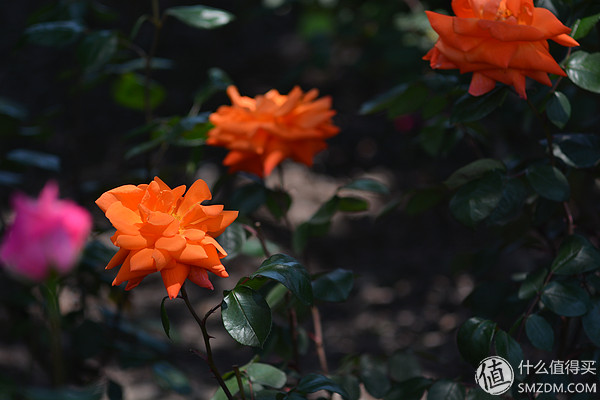
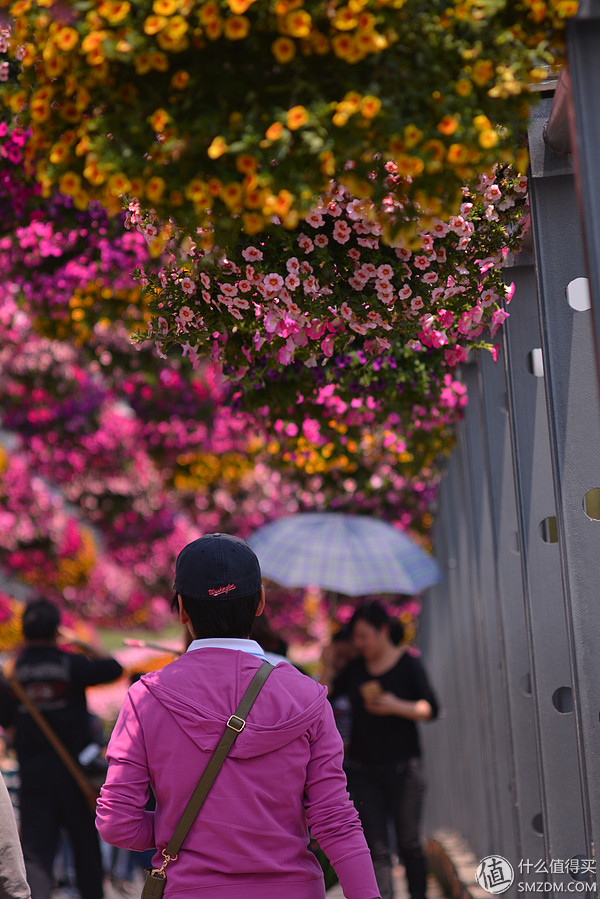

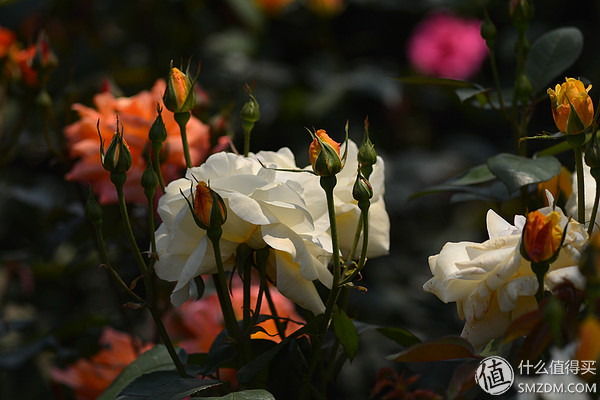

Again, I think that these random films are more capable of showing the characteristics of the lens than the carefully edited blockbuster, or the picture that can be obtained under normal circumstances. If you sweep the revelation of the officials, then I will not be with you.
Closer to home, for the protagonist of this article CZJ Biometar 80/2.8 MC:

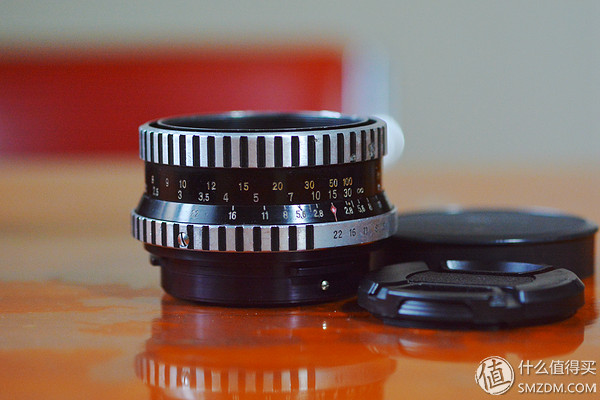
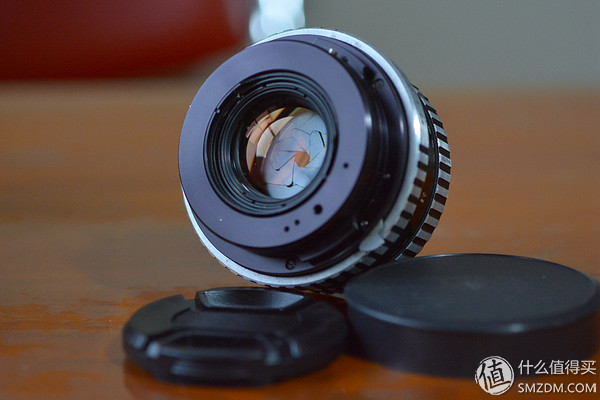
In fact, it is not difficult to guess from Biometar's name that this head structure is very close to B, and they are double Gaussians. This appearance is known as a zebra-era Dongcai lens. In other words, the multi-coating of MC on this head is actually an early multilayer. What is the color of the hair and how it will be represented by photos? Let's first talk about its medium-sized portrait and the corresponding transfer concepts.
First of all, this is a "header" on a Pentacon Six medium format camera. The 135 camera, which is a full-frame camera, has a 50-degree focal length, while the medium-format camera has a header section of 80 or so. Several friends have asked me if I would like to switch, what is the 80mm medium format converted to full size? Most of them know the coefficient of 1.5 when they know the full width of the first half of the focal length. The small wide-angle head changes the head, and the header becomes medium-focus. However, here, the answer is still 80mm. The reason is simply that the conversion factor of the 135 frame itself is 1, and the focal length on the lens is the actual target, not the equivalent focal length, so 80x1=80. The conversion factor of medium format is about 0.8 (more than one size in medium format). This is why 80mm is a header in Pentacon Six. From this point of view, there are 80 or 120 full-width or half-width shots on this head.
Then on the transfer, this type of medium-format lens has a huge convenience because it has a long flange, all types of 135 fuselage are no pressure, a ring to get, no need to change. Here is the concept that the science will repeatedly come into contact with in a transfer - the flange distance. The definition refers to the distance between the lens of the camera lens or the photosensitive element of the camera body. It is represented by a picture like this (slag painter does not spray = =):
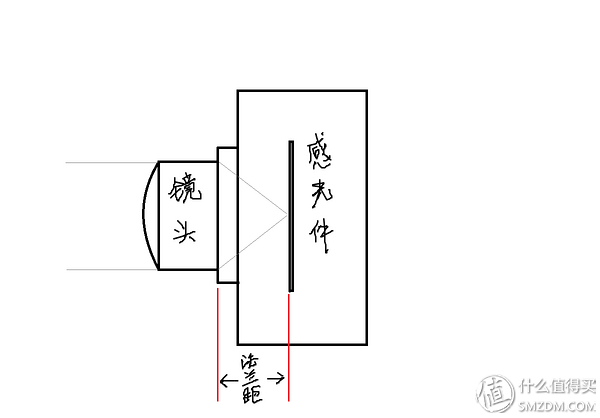
This distance should not be too long or too short. Otherwise, the focal plane imaged by the lens as shown in the picture may not be directly on the photosensitive element, resulting in out-of-focus. The fuselage and lens under the same brand are generally designed as a set, and the flange fits perfectly with the image surface of the natural lens. However, when switching to other lenses, the flange distance will obviously not be exactly right. This distance is short and easy to handle. You can leave the lens pad a little longer, but you'll be long after you've got it. You have to manage to put the lens back into the body and put it in a little extra, that is, the so-called change of mouth. Long distance Nikon users expressed tears). In the medium-format lens, because the original docking camera is larger than the 135 camera and the flange distance is longer, when these lenses are on a 135 or half-width camera, the flange length of the camera body is relatively short. There is no need to change it.
The technical issue is about imaging for us. Dong Cai's hair color during this period is not exactly as thick as the late black iron version, and the shadows are not too heavy, but it can be described as bright and beautiful:
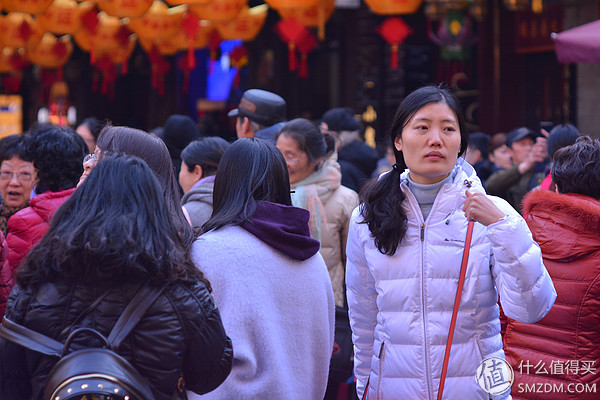


In particular, because of the low control of the extension of the dark parts, in addition to the skin color, the skin layers are kept very well and the scores are a lot. If there is an impression of the previous Schneider, it will notice the difference in the two imaging processes. Biometar's lines are more subtle and soft, with a weak sense of space before and after, a higher color purity, and a lighter feeling of depression. Speaking aside, Biometar 80/2.8 also has a non-MC version (yes, this is a lens that straddles the changes in Dongcai's optical technology), and its layered processing is the same as that of the MC, but the color is generally warmer. In some cases, the brilliance is also slightly less. In fact, if Biometar's MC really launches WeiLi, it can have such an effect...
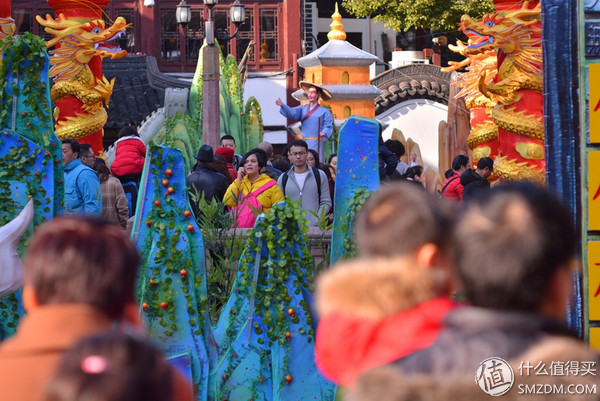
Very, very jump (color vulgar scene that Ta person pot â•® (╯_â•°) â•), but the sun is not the kind of saturation to rich and gaudy color separation, the color itself is quite gently along on the screen. But no doubt, Biometar 80 / 2.8 MC does not belong to the lens reduction system, but will take the initiative to add a type of color (Blue Note, the body set up on the figure below face red and metal just JPEG Nikon D7100 standard color mode straight Outcome:)

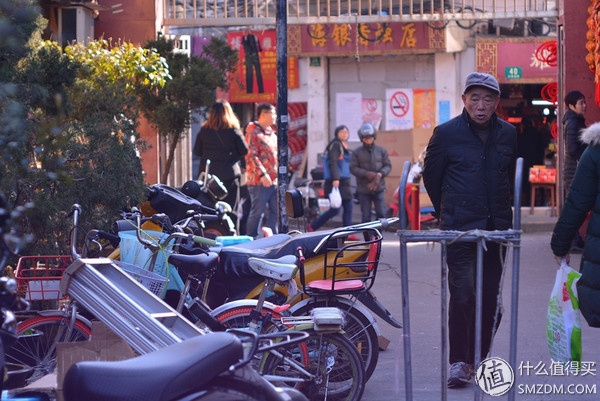
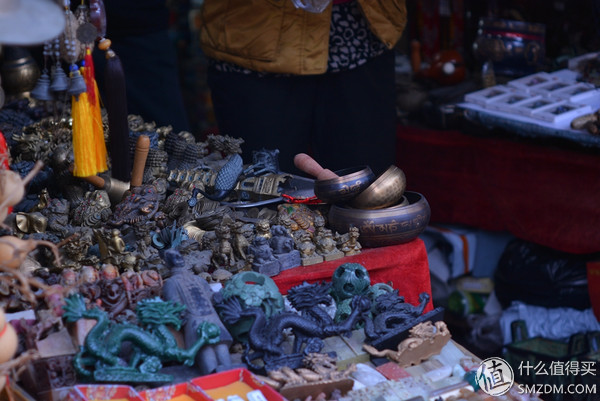
Let's look at the coke out of focus:
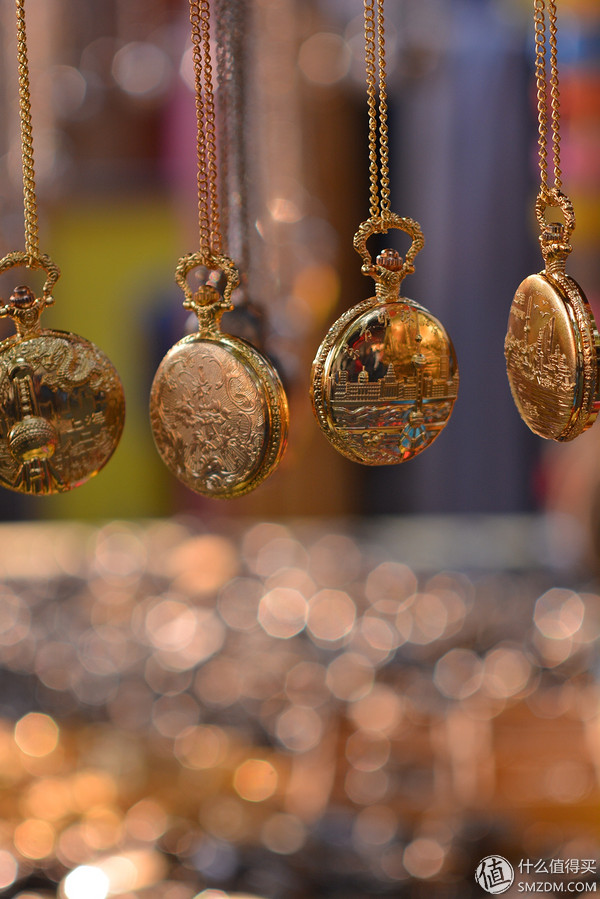
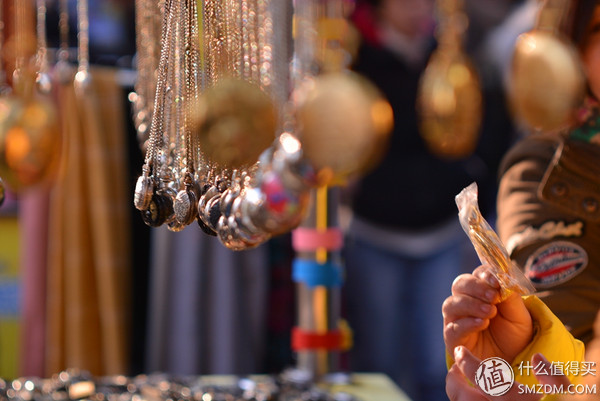

On the one hand, the sharpness, resolution and transparency of the coke are quite ideal. Although the resolution of the mid-range head is usually lower than that of the full-size one, Zeiss is ZEISS. After all, it is not relaxed in this respect. Of course, the double-Gaussian structure itself is also a guarantee. The outside of the coke can be seen not particularly "cream-like open" type, coke out of focus is also more direct changes. Another thing to say is that this lens is large and the amount of light entering it seems to be quite large. Although not rigorously verified, it was felt that the shutter could be pushed higher (manual player with vacillating gestures is grateful).
Overall, this image of socialism in the middle ages is not typical of today's dark and blue-toned German taste, but its rich colors and clear imaging will never be considered as a day. The first method was Russian. It is a very good reflection of the change in the inheritance of De Head and the fact that the old lens is of various styles (this is the quantitative relationship in faction x period).
A WiFi Dongle is a pocket-size device that connects to your smartphone, tablet or laptop and allows you to access the internet while you`re traveling. It is portable, easy to carry, convenient to use, and very affordable.
150Mbps Wifi Dongle,4G Dongle,Oem Dongle,LTE Wifi Dongle
Shenhzhen Tongheng Weichuang Technology Co., Ltd , https://www.thwclte.com